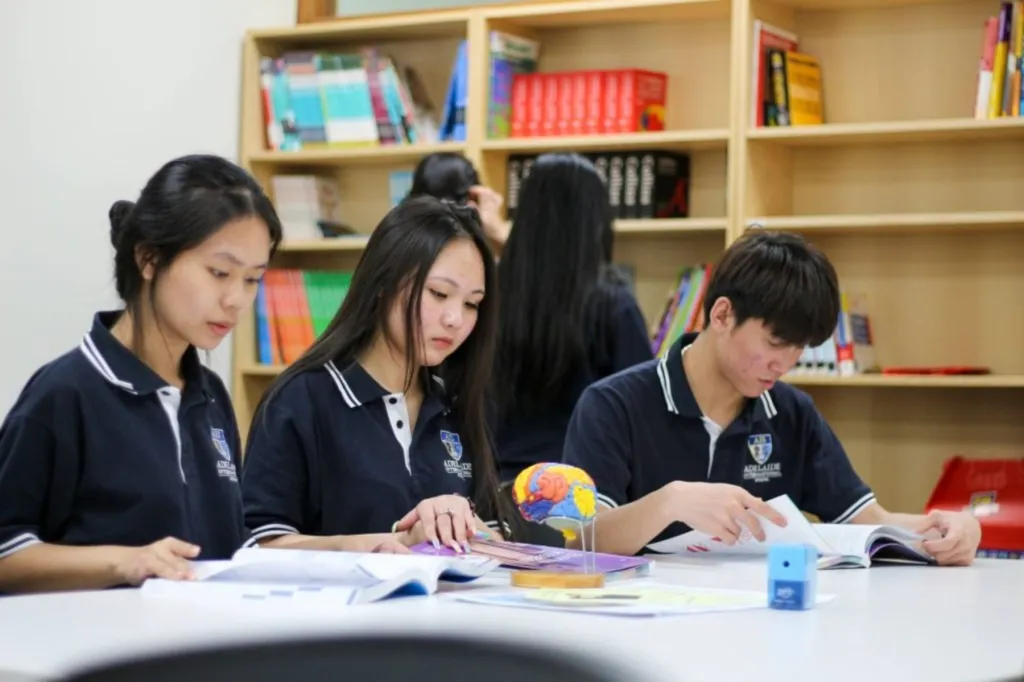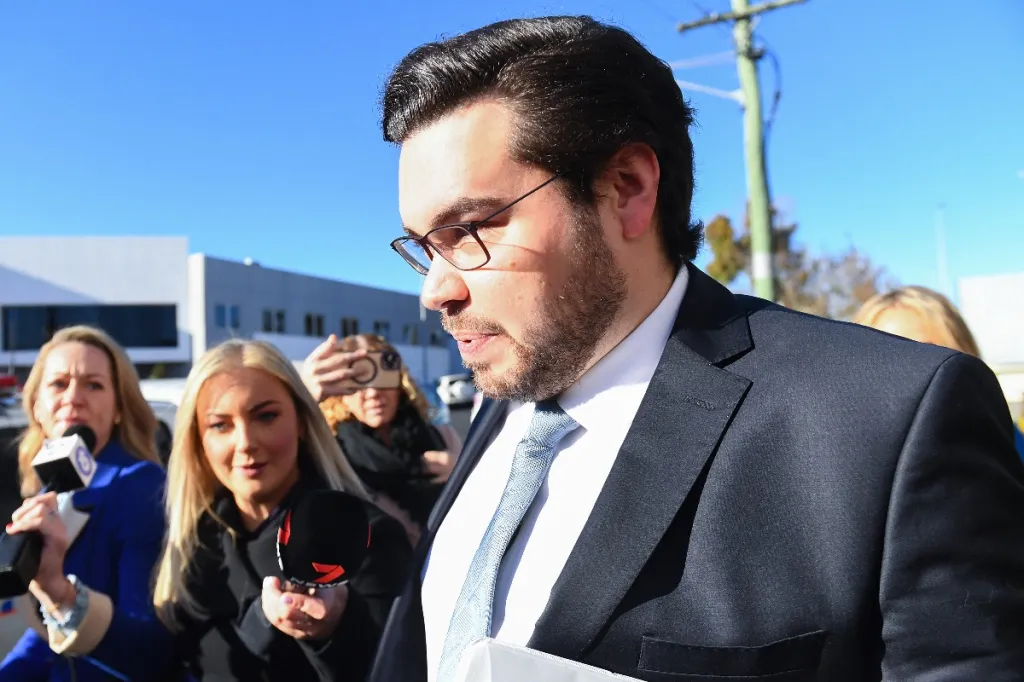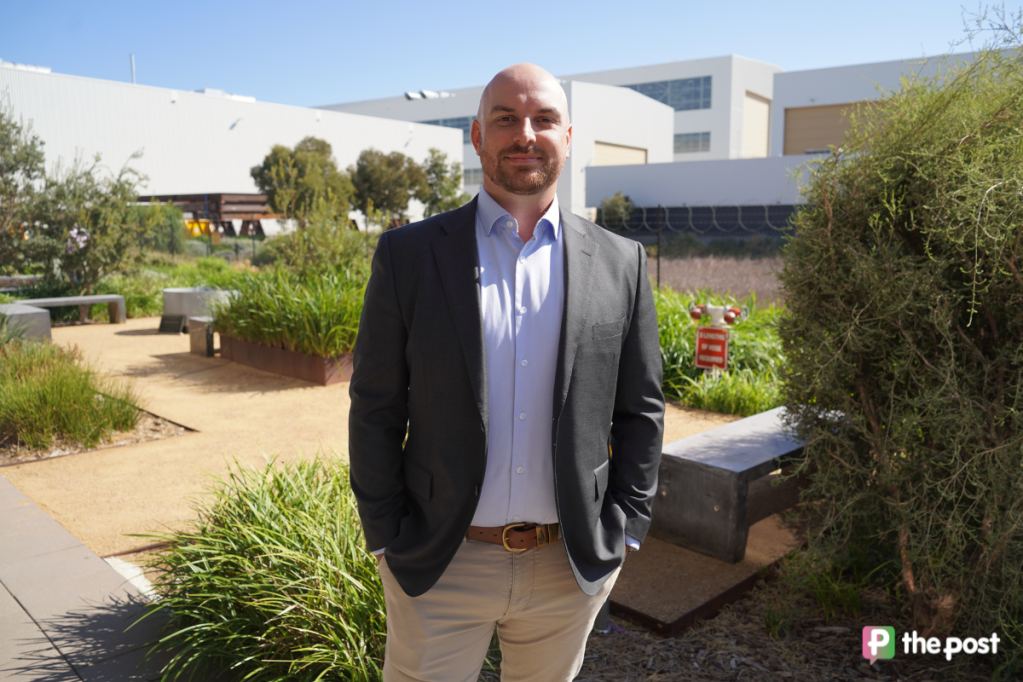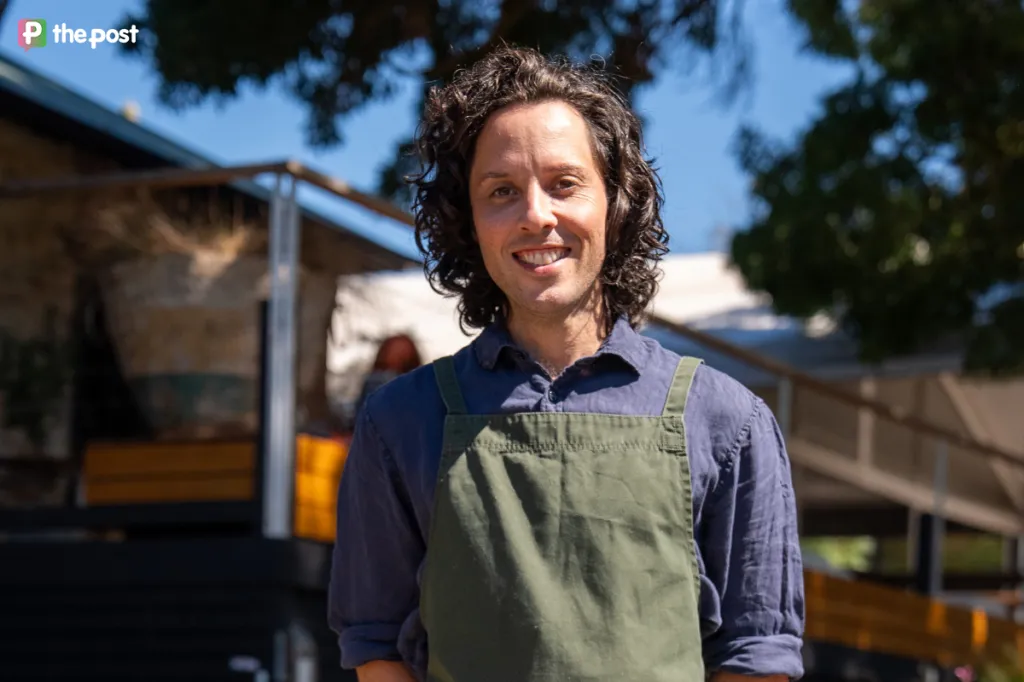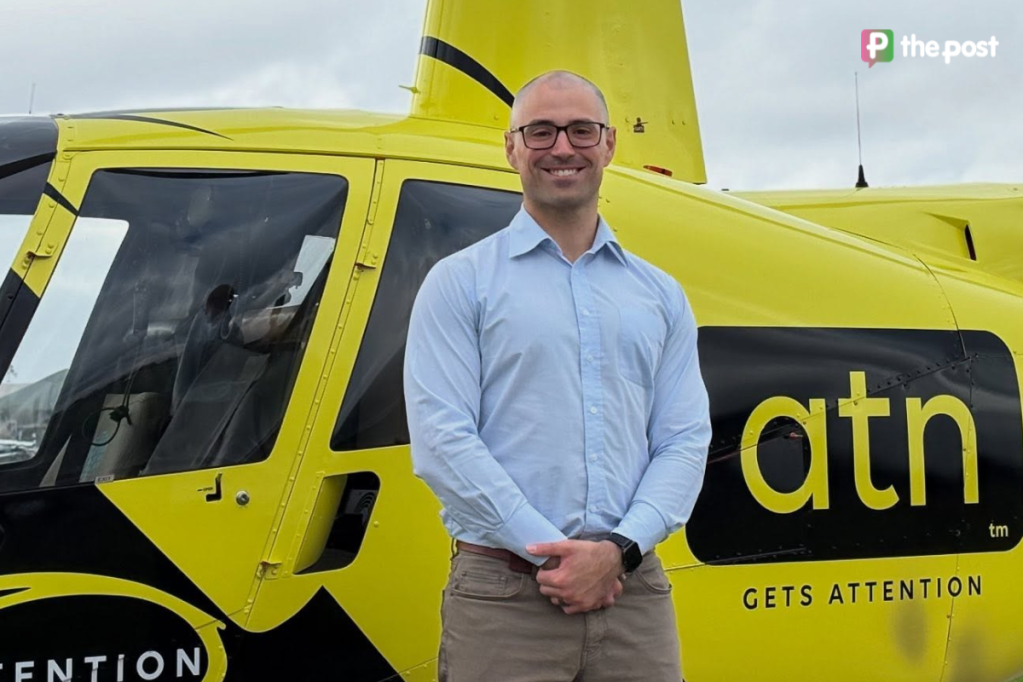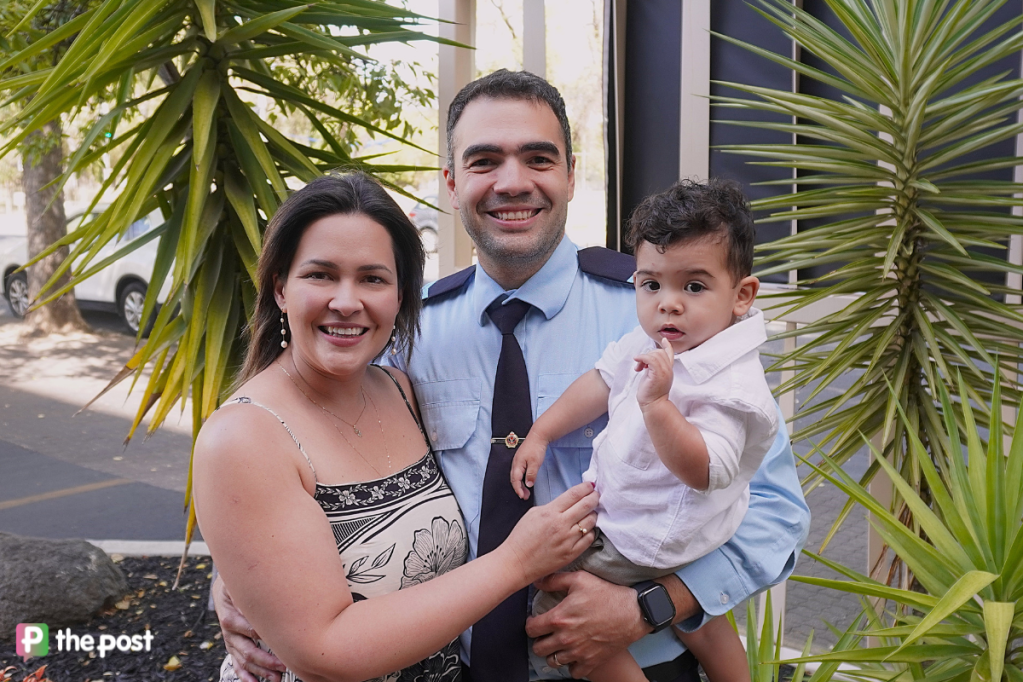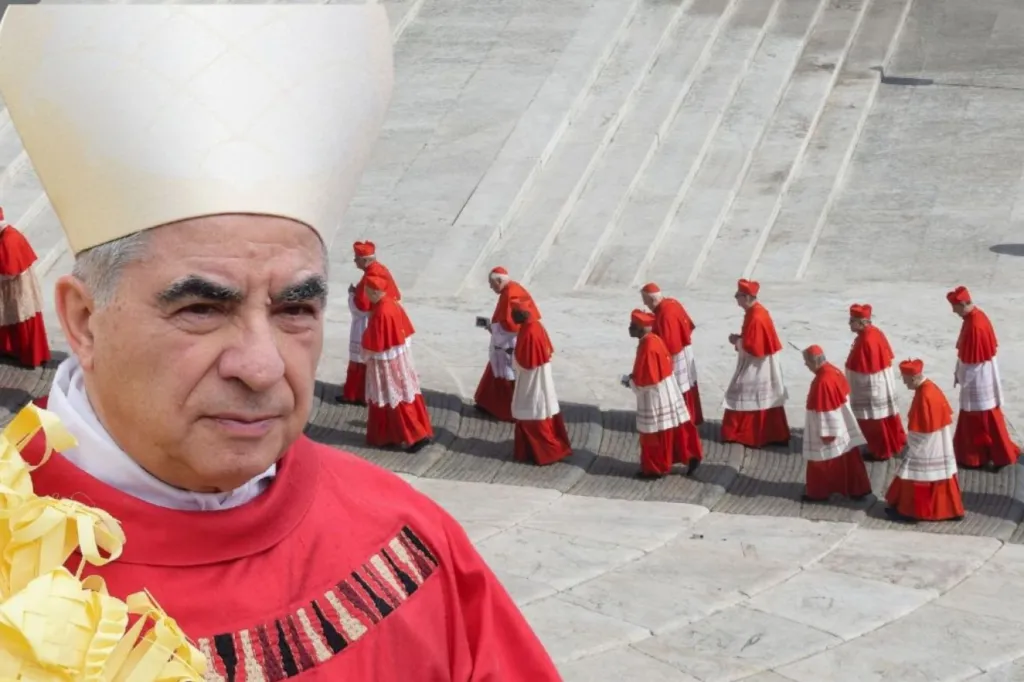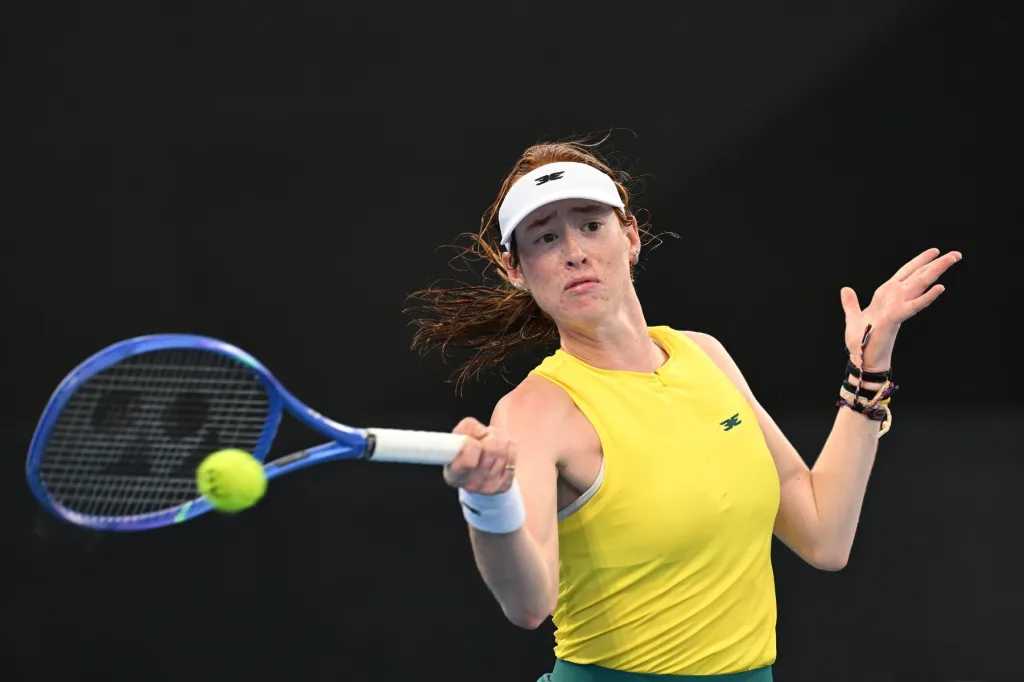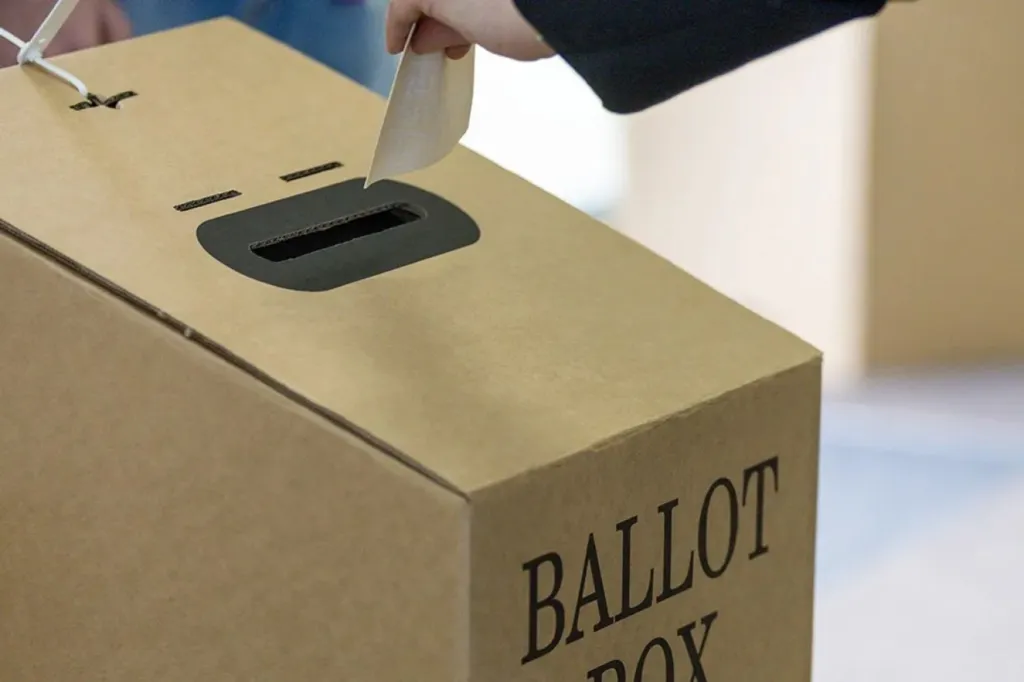Where are all the books? ‘Radical’ UniSA approach empties library shelves
UniSA’s digital transition is nearing the finish line, with shelves emptying as physical books get the boot.
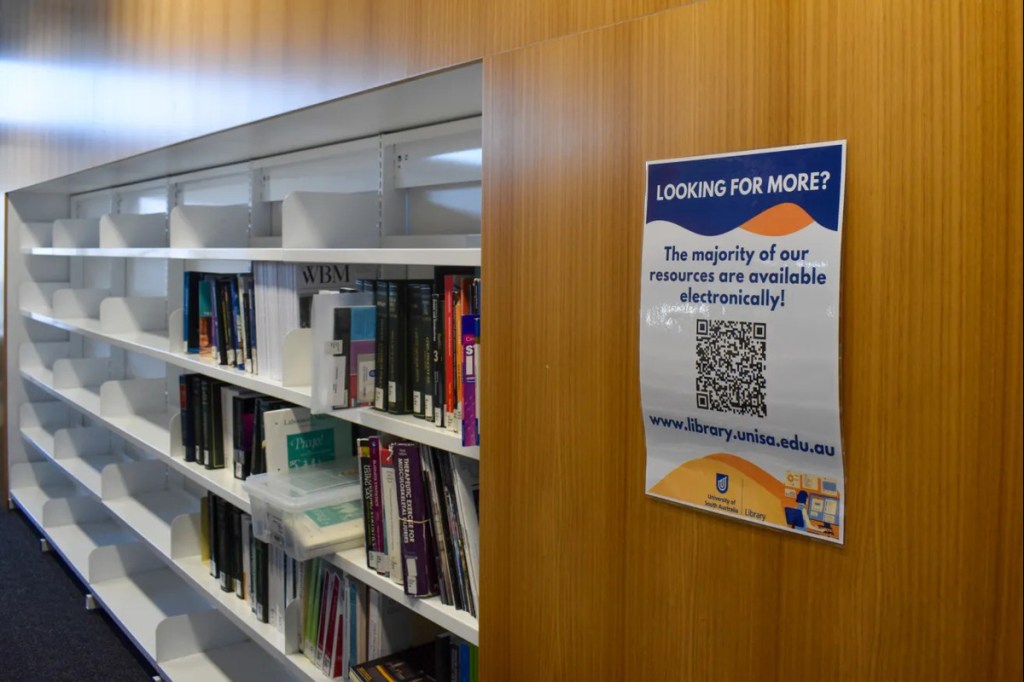
Empty shelves in the Jeffrey Smart Building and other University of South Australia campuses indicate the final stage of their electronic-preferred collection policy that was first adopted in 2011.
In 2016, InDaily reported UniSA’s e-books outnumbered their physical books by approximately 150,000 titles.
Now, the difference is approximately 530,000 as the library has 747,000 permanent e-books and 216,913 physical books.
UniSA Library Collections Manager Richard Levy said the transition is in line with student and staff behaviours and has been incremental.
“It wasn’t like there was a sudden overnight change,” Levy said.
“If libraries did not adapt to this and provide an environment that was consistent with user behaviour, they would either become extinct in the worst-case scenario or lose their ability to engage and become disassociated with the academic teaching process and the research process.”
Data from the Council of Australian Librarians in 2020 found UniSA spent $3,080,779 on e-books compared to $27,985 on physical books – down from $94,491 in 2018.
The data also indicated students prefer using online books, with 2,715,508 digital books being borrowed as opposed to just 32,815 physical books.
Levy said the electronic transition has not been a cost-savings exercise, but rather a matter of repurposing the library’s budget from physical resources to electronic resources.
“We have found electronic is actually equitable, as well as being more flexible in terms of ways in which students actually access content today, which is largely on laptops and devices,” he said.
You might like
“You do still see a discrete number of titles on shelves at UniSA and we are one of those libraries that has been more radical than say some of the others given the way we operate and the digital focus we’ve had.”
Levy said the Jeffrey Smart Building, which opened in 2014, and other campus libraries will remain with more space for individual or collaborative study, all with good WI-FI to support device-based study habits.
UniSA Student Association president Isaac Solomon said students had raised concerns with him about issues with online book licences, but not the removal of physical textbooks in the library.
“If taking away a physical copy means that there are more textbooks available online for people to use than there would have been otherwise if there was a physical copy, then that’s a good thing,” he said.
“But if it’s a cost-saving exercise where you’re taking away resources for the sake of saving money, then I don’t think that’s a good thing at all.”
Of the physical copies remaining, some require conservation, cannot be digitised or are difficult to replicate.
Art folios from the previously extensive art collection and culturally significant collections, such as titles in the Bob Hawke Prime Ministerial collection, and Aboriginal and Torres Strait Islander collections have also been kept.
In the transition, books removed from shelves were placed on trolleys in various campus locations for students or the public to collect for free.
“It wasn’t simply an arbitrary sort of scrape through everything and toss [books] out,” Levy said.
“It was determined that those books were of low value, and of course, if they weren’t picked up then some of those were disposed of.”
Those that were not claimed were recycled, as were books in poor condition.
Some titles have been moved to the university’s offsite depository that they share with the University of Adelaide and Flinders University. UniSA has the smallest collection of the three institutions.

Empty shelves in UniSA’s Jeffrey Smart Building. Photo: Helen Karakulak
Melak Khaleel, a former UniSA law student, claimed that priorities were shifting away from valuing arts resources.
Stay informed, daily
“The law library is disgustingly full of books, like encyclopaedias, volumes after volumes on these walls and then you have nothing for the art department. How’s that fair?” she said.
Khaleel said it was the art books on level five of the Jeffrey Smart Building that encouraged her to pursue her passion and study art.
“I just saw the potential in all these books and the stories and the history,” she said.
“I would literally read art books for so long, I decided to change careers, change degrees.”
Browsing shelves is an experience Levy said should be emulated using technologies to retain the ability to peruse book cover content.
“We’ve actually got that technology where you can see the journals in a kind of a shelf, but it’s harder with books because of the sheer number of electronic books that are available,” he said.
Khaleel is currently an art student at Flinders University, but revisited the Jeffrey Smart Building two weeks ago to view what was left of the art collection.
Khaleel said she spoke to a librarian and took some books home to “save them” from being shredded.
“Some of them were Jeffrey Smart books. How is the university that’s building is named after an artist, cancelling their art department? That is driving me mad,” she said.

Photo: Helen Karakulak
Creative Arts program director and research degree supervisor Dr Doreen Donovan said that among her students and in her own research, the focus was on accessing high-quality journal articles, digital publications and online resources.
“The benefit of accessing these as well as readings and other digital resources is that they are available to the cohort to use at any time, rather than some students missing out if a book has been borrowed,” she said.
“Artists and designers publish and publicise their creative works digitally via websites and other digital platforms, so they are easily accessible and contactable.”
“Less frequently, I refer to physical books I have collected over years of study and research.”
InDaily found the general sentiment among students is that though it’s a stark picture, most weren’t accessing physical books all that often, a trend that informed UniSA’s e-library initially.
A social work student said while it was “crazy” the library was removing hard copy books, she had picked up some from Magill Campus for her personal collection over the past year, including first editions of classic novels, a George Orwell collection and social work textbooks.
Levy said it was too soon to comment on the direction of the library at the new Adelaide University, as the merger legislation only recently passed state parliament, but that it would be an informed response.
“Everyone’s on the same page with respect to the digital first strategies, the academic and research world is now but we will be obviously reviewing what we do,” Levy said.
“I think it’s important to acknowledge the long history of libraries, the architecture, whether they’re evolving open spaces with new ways of seeing things and digital, emerging, physical, virtual reality… they still have a long tradition that I think should be reflected in buildings.”
